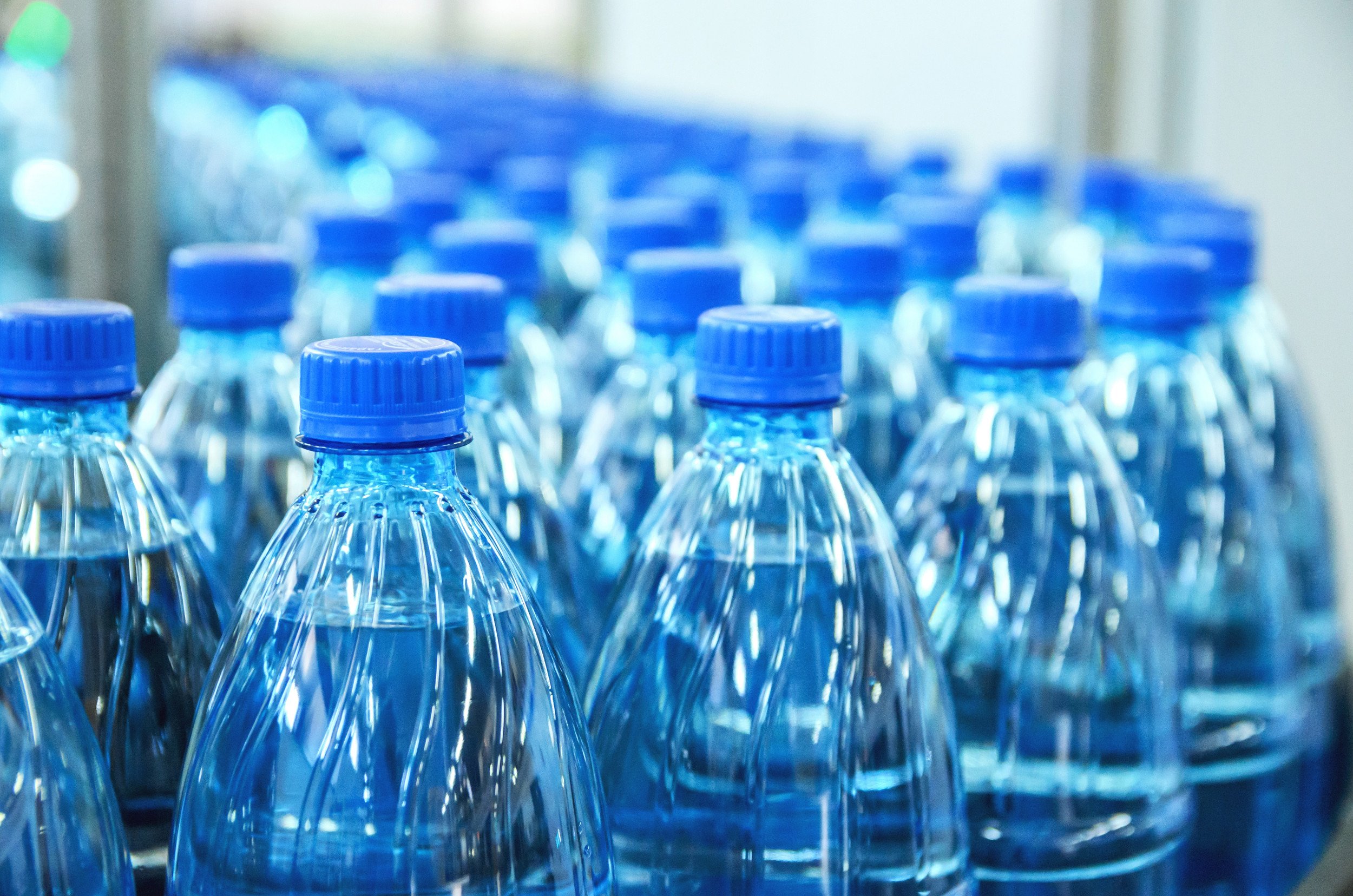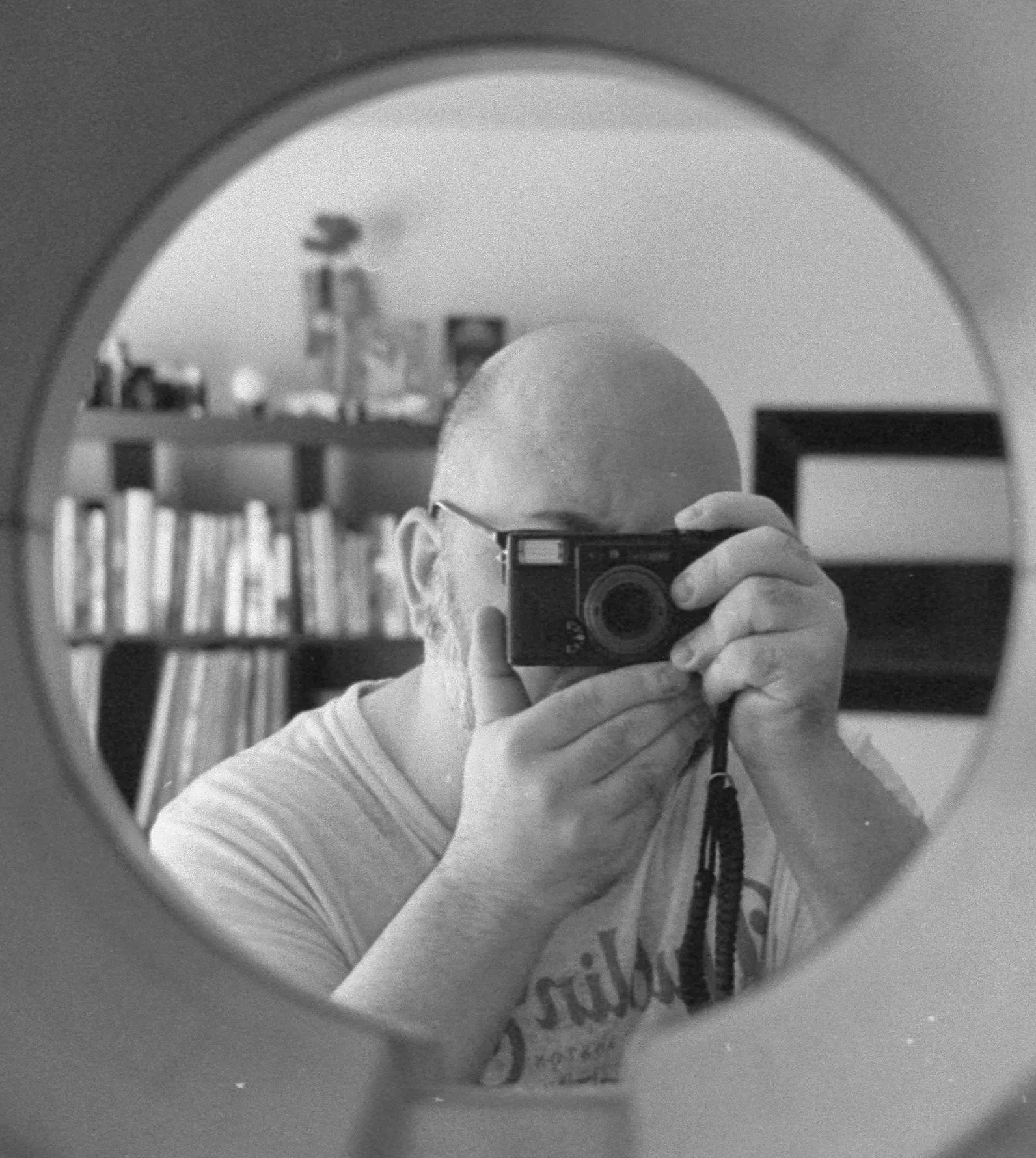- cross-posted to:
- [email protected]
- cross-posted to:
- [email protected]
I bring my own refillable container wherever I can, and the most infuriating part is going to an event or concert and you can’t take it in. You’re forced to buy bottled water inside. While I agree from the perspective that it’s to prevent people from throwing stuff at people on stage (prime example of a few people ruining it for everyone), we all know the main reason is profit from selling overpriced water inside the venue.
The worst part is you’re looked at as crazy for bringing a refillable water bottle with you from ppl paying $6 for bottled water
I hate going to Costco and seeing people buy multiple 24 packs of those. I have not been anywhere in this state that has bad tap water.
Absolutely! I get it if you’re stocking up for weather disasters to a degree, but the number of folks who rely strictly on bottled water is too high. Seems that some combination of advertising + fear and convenience have made it too enticing to use single-use water bottles, though. ☹️
For emergencies we got two packs of these
I fill them, stick them into the canning pot, bring them to a boil for 15 minutes, and seal and date them about every 6 months.
We assume 16 liters is enough for a couple days, but I worry that it may only be enough for one day.
The tap water here is pretty nasty, we do have a water filtering pitcher though and it does a bang up job so still no need for bottled water.
Except the Bay Area which the article warns about.
Article says they found cancer causing agents in bottled water in the Bay Area
I keep a case in the car just in case
I prefer just getting a 1 gallon jug. Much less plastic and should do fine in those “just in case” times. Multiple plastic bottles is going to have a much higher concentration of leached chemicals. Although water is generally not much of a concern in this part of the northwest so just keeping a little bit is generally fine.
The people I see are generally buying a couple cases are definitely doing it for personal use. They usually have their kids with them so it’s likely not for a business.
Plastic water bottles are the number one litter that I find when picking up garbage in the neighborhood. I also see many crushed pretty small vertically which sends odd to me. Why crush it if you are going to toss it? And why crush it the more difficult way? Is it possibly a drug use thing?
I’m with you, I judge them too. Those douchbags gave us the great Pacific Garbage Patch and microplastocs in our brains
City water usually tastes of chlorine. Totally drinkable, but not super pleasant.
Costco 24 packs are cheap AF.
Filtered water pitchers are expensive AF.
If you have a fridge with filtered water and try to buy carbon filters locally, they’re more expensive per gallon than the Costco water.
I buy generic filters in bulk that are cheaper per gallon, but it’s not by that much.
If we want to save the environment, we need to invent a super cheap refillable carbon filter and a way to use it easily.
Again, that is not really an issue here in Washington.
Filtered pitchers are not very expensive. Even buying actual brand named Brita filters at $15 per filter yields you 120 gallons of filtered water. That’s 12.5¢/gallon. Costco water here is $7.80 for 40 half liter bottles or 39¢/liter. Normalizing that is $1.47/gallon. Costco bottled water is significantly more expensive.
I still find the whole bottled water thing odd. I remember a time when there was just Poland Spring and Deer Park and you only bought a bottle of water if you were absolutely dying. From my vantage point, it seems like consumerism, across the board, has skyrocketed in the past 20 years.
I was just having conversation with a fellow Gen Xer about how people just don’t know how or don’t care to do things for themselves anymore. As I look at all the subscriptions and consumer goods and delivery services that make headlines, it seems like we, as a culture, are spending a lot more money on what used to be called luxury expenses.
Some people legitimately have bad municipal water. They need to put pressure on their civic leaders to fix their gross negligence. For most other people, I would really recommend a filter system you can install either at the source of your water, under your kitchen sink, or in a pitcher in your fridge.
It’s worth noting that even the aluminum water bottles (Stanley, etc.) come with some health concerns. If you’re getting something from China, I’ve heard their manufacturing and raw material quality control isn’t up to US standards. Regardless, most if not all aluminum water bottles have a plastic liner. Your best bet is glass. If you have an aluminum bottle, don’t use it for hot liquids and try to keep it out of the sunlight for too long.
I don’t understand the bottled water thing either but I think the rise of things like delivery services and subscriptions can be linked to increasing workloads and decreasing community assistance.
If every member of your household is also working a full time job your time becomes significantly more valuable.
considers
So, this is a problem for the whole bottled drink industry. Bottled drinks exist because you have a disposable container, and people need a container to contain the drink.
It’s possible to have non-disposable containers, but then you’re:
-
Requiring everyone to carry around a non-disposable container. I keep a water bottle on my bike, but I don’t normally have one everywhere I go, and I’m sure that most people don’t either. There’s a convenience factor.
-
Creating a problem of how to meter anything you sell. If I get a bottle of cola or whatever, it’s pre-measured. 7-11 does provide an option to buy a 7-11 branded reusable container and then get a discount on sodas and slushies that use it, but that’s measured in size; they aren’t going to let people just come in and fill up a container that claims that it is of some arbitrary size. If you wanted to shift to non-disposable containers, where only the liquid is what stores sell, then you’d need to also shift to some kind of metered dispenser. We don’t have that infrastructure in place today. I’d guess that that’s because drink-dispensing were originally built for restaurants to use behind the counter, and then in some cases shifted to all-you-can-drink setups, but in either case, didn’t need metering.
-
Losing the sanitary chain. Many drinks are sold in sealed containers, are sterile at time of sale. Until you open them, they won’t “go bad”, even stored at room temperature. For some things, that’s fine – you’re going to consume them right away. But that’s not true for everything out there.
-
A pallet of bottled drinks is pretty low-maintenance. A drink dispenser requires maintenance.
That being said, there are some potential gains:
-
Disposable containers have to be cheap, because they are, well, disposable. If you use reusable containers, there are a lot of nice things you can do. They can be more comfortable, can have nice lips, can have things like vacuum walls to keep temperature where you want it, etc.
-
You are much less constrained to use fixed-size units; it’s easy to “add” another size unit to a machine that dispenses liquid: it just runs for longer. If you want to have large cups or thermoses or small cups or thermoses, you can. Without that, you’re kinda constrained to one-size-fits-all.
-
You aren’t constrained to one design of container. Some people are super-worried about plastic bottles and want metal bottles. Other people want something transparent that they can see through. Other people want something lightweight. Others want thermal insulation. You can let all of those groups be happy.
-
For drinks made with concentrate, if you don’t care about the specific type of water, you can avoid a lot of costs. Some people do care, and is one reason that branded bottled water sells. But soda machines take pouches of syrup in boxes, and there, it’s almost certainly more-space-efficient and probably more transport-efficient to use municipal water, rather than trucking in a bunch of bottles of water.
Cans.
Cans are actually recyclable containers, that fix most of the environmental problems of plastic bottles.They’ve had resealable “bottle like” cans for a decade or more already.
Fountain drinks can use the same CO2 they already have, to pressurize cans of concentrate to pump the syrup to the fountain head.
Not entirely. All cans currently made (at least for the US) have a super thin plastic liner to help the drink avoid taking on too much of a metallic taste.
There are multiple YouTubes out there that will show you what happens when you dissolve an aluminum can; the dissolution process removes the aluminum and leaves the plastic liner.
Not sure what you mean by dissolving. As far as so know aluminum gets melted down. Any plastic, inks, or other impurities get burned off generally.
Yah, that’s not how they are recycled. That gets burned off by the temps required to melt the aluminum.
Their point was that buying a can just means you are buying a plastic container anyways, that happens to be reinforced with aluminum.
It’s still a plastic bottle.
It’s not. It’s a thin plastic film. One that doesn’t get into the environment at nearly the rate, since the aluminum is actually worth recycling.
I, nor the poster you replied to, never mentioned recycling. Your starting to put things into the discussion that was never there.
It does seem that way.
I guess I’m not sure what problem you’re talking about.
Although they’re a bit better than plastic bottles, all aluminum cans require a plastic inner liner.
Aluminium recycling/melting however needs a lot of energy, which again is often generated from non-renewable sources. So even cans are bad for the environment.
That’s a temporary problem. One solved by the renewable energy transition already underway.
Glass bottles, you don’t even have to melt them just sanitize and rebottle most of the time.
There’s a solution and it’s standardized bottles. And I have seen it implemented in a place I never expected: Kentucky. They have growlers (large glass containers with screw top lids) of standard sizes that are in common enough usage for beer that many shops offer a tap to fill it with beer and charge based on it. It’s one of the things I wish was more common elsewhere.
And as for metering, offer a price per unit mass (show mass of a glass) and weigh fill weigh pay.
-
Just bottled soda for me!
Hear me out- what if we found a way to make water bottles out of ice?
It would freeze to your hand. Although you would not lose the bottle either. What we need is to use a natural substance. My vote is lead.
Bonus sweet flavor
Absolutely. Could even have special flavors. Pumpkin spice lead, for the hunter that feels like throwing and shitting lead.
Again besides the overpriced shit like Liquid Death, you never see canned water. Not including flavored sparkling crap either. I’m legit not sure why we don’t see more canned plain water. Aluminum cans are inert, store forever, are stackable, and can be recycled. They have literally every advantage over bottles for medium-term storage of water.
It’s no different from bottled soda except it doesn’t have all the extra crap they add to make it soda.
https://www.statista.com/outlook/cmo/non-alcoholic-drinks/soft-drinks/united-states
"In the Soft Drinks market, volume, at home is expected to amount to 47.0bn L by 2024.
Volume, out-of-home is expected to amount to 17.6bn L in 2024.
Volume, combined is expected to amount to 64.6bn L in 2024."
vs. 60bn L for bottled water.
https://www.statista.com/topics/1302/bottled-water-market/#topicOverview
“In 2022, U.S. bottled water sales volume amounted to approximately 15.9 billion gallons - the highest volume of bottled water ever sold in the United States.”
But somehow water is the problem? 🤔
Oh, you get soda directly plumbed into your house?
You don’t, peasant? /s
Fuck, I wish.
You don’t?
Well, you can get water out of your tap, so there’s an easy alternative. Use a filter if your tap water is iffy.
A lot of people can’t get safe drinking water out of their tap. A lot of people, just in the US. That’s a lot of ongoing costs for filters. Where there’s municipal water, that water should already be safe to drink.
Not everyone has reliably safe tap water. Remember Flint?
And the Bay Area as the article warns about.
The article says that cancer causing chemicals were found in bottled water in the Bay Area, not tap water.
Article said the bottled water was tap water. And the tap water in the Bay Area had cancer causing chemicals.
what is a water storage alternative?
If your tap doesn’t work, large refillable bottles. In the US, there are services that deliver them and some grocery stores offer it.
They are, strangely, more expensive than large multipacks of water bottles. Even with bottle return discounts.
That’s the part people like to forget. The cost
25l water tanks with tap water and/or forklift water tanks.
Ill drink what I want, thanks for the unsolicited advice ““experts””. I’d pay to see these smug assholes come drink a gallon of the stuff that comes out of my well.
Let’s see… Repeatedly buy filtered municipal drinking water sold in an earth fucking plastic bottle, or install a reverse osmosis water system and replace the filters 2-4 times a year?
Clearly a VERY personally threatening article for you. I too am triggered by experts stating facts I don’t like. /s
Does Lemmy have a r/conservative leak?













